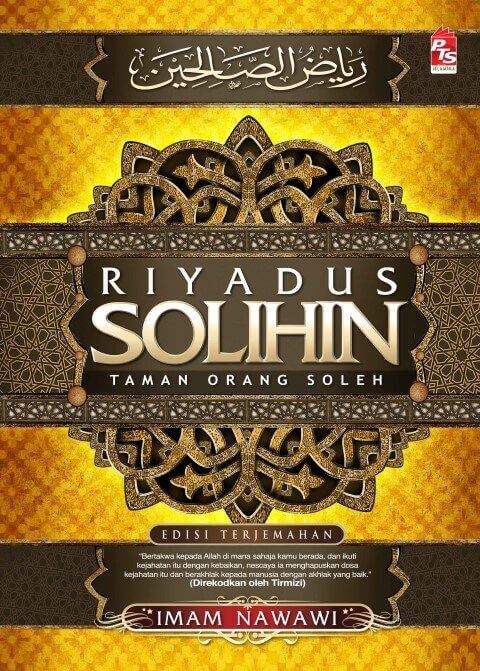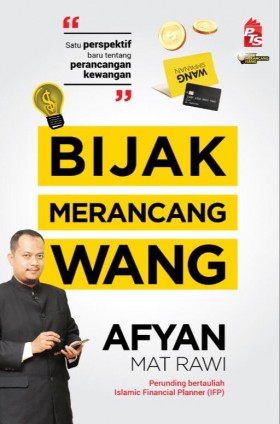HAVE
you ever uploaded an image or a video to a website, only for it to be deleted
because of copyright issues? While some areas of copyright law can be
complicated enough to cause copyright lawyers sleepless nights, the basics are
very simple. Armed with some simple principles, you can save yourself from
running afoul of copyright law.
Steps
1.
Understand the scope of copyright law. It does protect literary works,
paintings, photographs, drawings, films, music (and its lyrics), choreography,
sculptures and many other things. It generally doesn't protect the underlying
ideas, and it does not protect facts. For example, copyright doesn't prevent
you from expressing in your own words ideas and facts found in a book or
journal you read (but you should always give appropriate credit to the sources
in which you found them; it is common courtesy to do so, and not doing so could
be plagiarism).
2.
Don't take anything from the Internet, or anywhere else, because it is almost
always copyrighted, by default. "I found it on the Internet" is not a
defense against copyright infringement; works on the Internet are as
copyrightable as any other kind of work. Nor is "it didn't say it was
copyrighted".
In
nearly all jurisdictions (including the United States, and all other Berne
Convention signatories), it is not necessary for a work to have an explicit
copyright notice for it to be copyrighted. It is also not necessary for
copyright in a work to be registered; this simply makes it easier to be
compensated in court. Without an explicit dedication to the public domain,
assume that it is still under copyright.
3.
There is a quirk in the United States' implementation of the Berne Convention:
works first published before 1978 without a copyright notice may be public
domain in the United States. Works published under copyright notice are no
longer covered by copyright after 75 years. They become public domain material.
Works published by the U.S. Government are public domain no matter when they
were published.
4.
Don't confuse copyrights, trademarks, and other forms of "intellectual
property." The term "intellectual property" itself, and the kind
of thinking it encourages, has led to these very different things being
confused with each other. Trademarks, for example, forbid using certain words,
marks, symbols, and so on within certain contexts, to protect consumers from
misrepresentation.
5.
Be creative. If ever you wonder whether a certain action would infringe on the
copyright of someone else, the question to ask is: is this a creative work on
my count, or am I simply drawing from the creativity of someone else? Here are
some examples:
*
Scanning something yourself does not, by itself, give you a new copyright over
anything. You cannot scan a photograph from, say, a magazine and then put it on
the Internet; the copyright would still reside with the author of the work.
*
Taking a screenshot of a video or a computer program does not generate a new
copyright. The copyright in the resulting screenshot would still be held by the
copyright holder of the original video or computer programme.
*
Some non-creative things are not copyrightable, for example, a plain text logo
in a generic font. Neither are simple geometric shapes. But don't rely on this
unless you are certain.
6.
Learn about the public domain laws for your jurisdiction. "Public
domain" is short-hand for "uncopyrighted", not "publicly
distributed". A work can be out of copyright due to age, by the nature of
authorship, or other reasons. In the United States, all works authored by a
federal government (not state government!) employee during the course of their
official duties are public domain, as are all works published before 1923.
Works first created in the European Union will usually be copyrighted until 70
years after the death of the author.
7.
Don't rely on "fair use". Called "fair dealing" in many
jurisdictions, fair use is simply a guarantee that copyright laws do not
infringe freedom of speech and make critical commentary impossible. Some uses
of text under "fair use" are teaching, critiques, comments,
reporting, and research. It permits, for example, limited quoting of
copyrighted material. In some jurisdictions, it would allow creating a copy for
personal use (such as a backup). Fair use is an extremely complex body of case
law; it is often very difficult for non-lawyers to tell in advance whether or
not a certain use will be considered fair use in court. If in doubt, seek
permission first.
8.
Be wary about writing fiction based on other works. It was said above that
"ideas cannot be copyrighted". However, fictional characters,
storylines, and settings can be copyrighted (insofar as they are original).
This means that fan-fiction, drawings of characters from copyrighted works, and
so on are all technically copyright infringements. Sometimes copyright holders
turn a blind eye to it, but unless it has been explicitly authorised, don't
count on this being the case.
*
Stock characters, on the other hand, cannot be copyrighted or trademarked. You
can have a generic medieval knight character battle orcs, trolls, and generic
soldiers in your story without worrying about someone suing over your use of
knights, orcs, trolls, and military.
Tips
How
to copyright material
Enacted
by the U.S. Congress in 1790, copyright gives you the exclusive right to
reproduce, sell and distribute your original material. Discover whether it is
possible to protect your next million-dollar idea and secure a copyright.
*
Understand the limitations of copyright protection for ideas. Abstract ideas,
which are only in your head, are not copyrightable. That said, you can
copyright tangible forms of creative expression which are recorded on paper,
CD, DVD or similar.
*
Know what is protected by copyright. You can copyright a number of different
kinds of work, including: literary works, computer programmes, musical works,
dramatic works, choreographic works, pictorial, graphic, sculptural works,
motion pictures, sound recordings and architectural works.
*
Know what is not protected. There are a number of items you can't copyright
including names, titles, short phrases, slogans, familiar symbols and designs.
*
Learn how to secure a copyright. Here's some good news. When a work is created,
a copyright of it is automatically secured. If you like you can add the
copyright symbol to your work.
*
Make it known. By registering your copyright, you establish a public record of
your copyright, which is necessary to secure before you can file an
infringement suit. To register your copyright visit http://www.copyright.gov.

















No comments :
Post a Comment